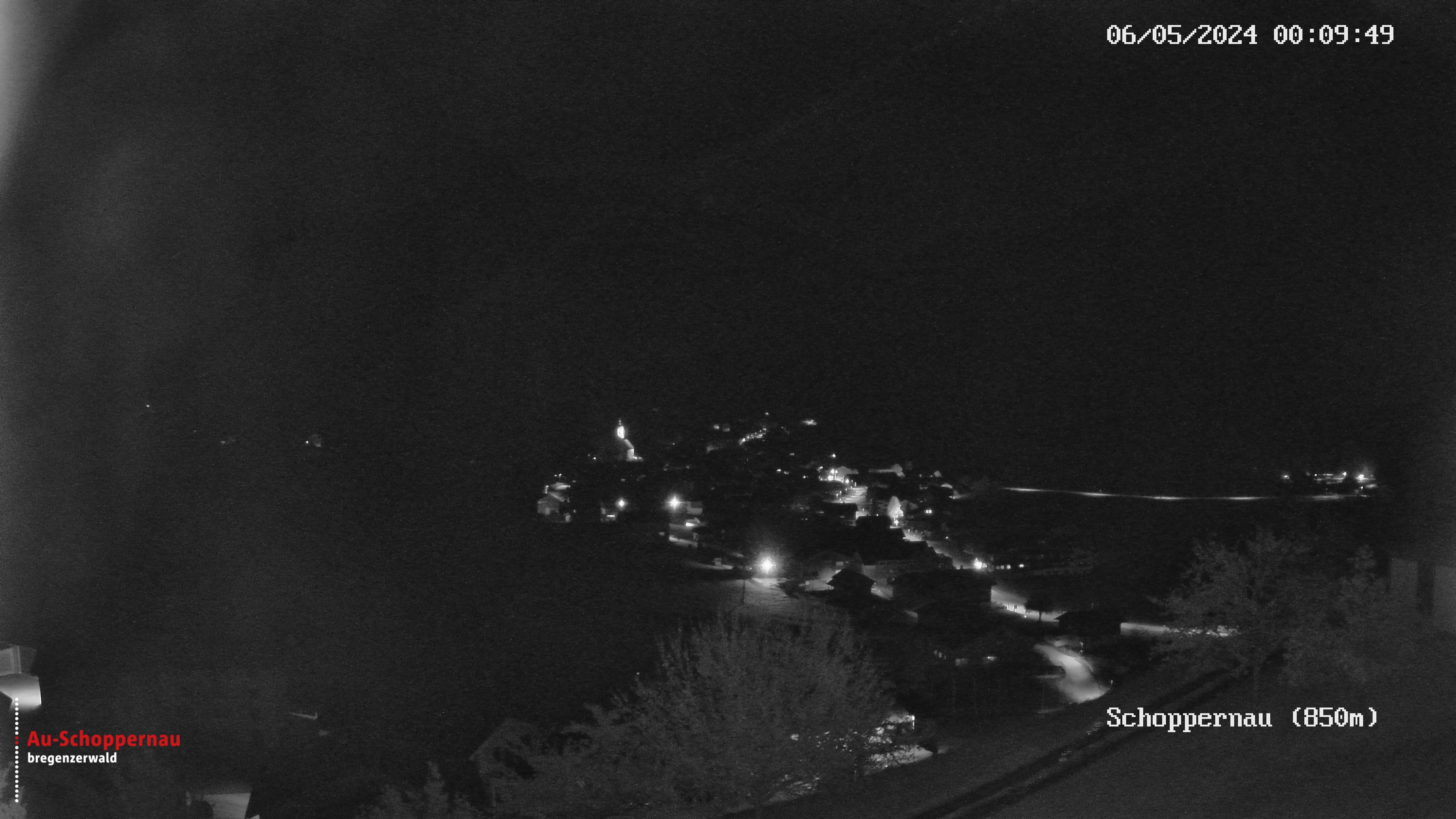A rapid period of reconstruction followed the bitter years of the Thirty Years’ War. The effusive Baroque architecture of the time reflected a recaptured zest for life.
Some of the grandest Baroque churches in South Germany, Switzerland and even in Alsace were built in the 17th and 18th centuries by master builders and craftsmen from Vorarlberg’s Baroque school of architecture. Most of these architects came from the “Au Guild”. The Beer, Moosbrugger and Thumb families were the most important exponents of this epoch. Their masterpieces include the pilgrimage church in Birnau (GER), the churches in the monasteries and convents of Kempten (GER), St. Gallen (SUI), Einsiedeln (SUI), Disentis (SUI) as well as Pfäfers, Weingarten, Obermarchtal and Weissenau (GER).
An entire village builds Baroque churches
It was Michael Beer who came up with the idea of getting a whole village to specialise in the building of Baroque churches. Around 1650 he founded a craftsmen’s association which came to be known as the “Au Guild”. It combined master builders, master masons, carpenters, stone cutters and stucco plasterers. Talented craftsmen also came from other parts of Vorarlberg.
A total of some 850 craftsmen worked on construction projects from the mid-17th century to the end of the 18th century. With a membership of up to 600 craftsmen the Au Guild was the centre of the well known Vorarlberg school of Baroque master builders. Between 1670 and 1699 almost the entire male population in Au and Schoppernau earned its livelihood from the building trade.
One of the reasons behind the success of the Au Guild was considered to be the close personal bond between its members – most of them were family relatives. The Guild offered education, training and even provided its members with financial support in their old age. A few families dominated the membership of the Guild from one generation to the next: 53 master builders bore the name Moosbrugger, 33 were called Beer, seven Thumb and seven Kuen.
A second reason lay in the exceptional quality of the education and training which the Guild offered its aspirant craftsmen. From 1650 to 1787 some 1,800 people completed an apprenticeship in which they studied structural theory, geometry, materials science, book-keeping alongside other skills. After being “released” from this part of their education the apprentices went out into the world to gain practical experience as journeymen before returning home each winter for further study.
The importance of the Au Guild began to wane around the mid-18th century. It was eventually dissolved in 1868.
Some of the best known representatives of the Au school of Baroque master builders were:
Michael Beer (1605 to 1666), the founder of the Au Guild. His works include the collegiate church of St. Lorenz in Kempten (GER).
Caspar Moosbrugger (1656 to 1723). His works include the collegiate church of the Assumption in Einsiedeln (CH) and the collegiate church of St. Martin in Disentis (CH).
Franz Beer von Blaichten (1660 to 1726). His most important works include the collegiate church of St. Martin in Weingarten (GER).
Peter Thumb (1681 to 1766). He built the collegiate church of St. Gallus and St. Otmar in St. Gallen (SUI), the pilgrimage church in Birnau (GER) and the abbey church of Ebersmünster in Alsace.


